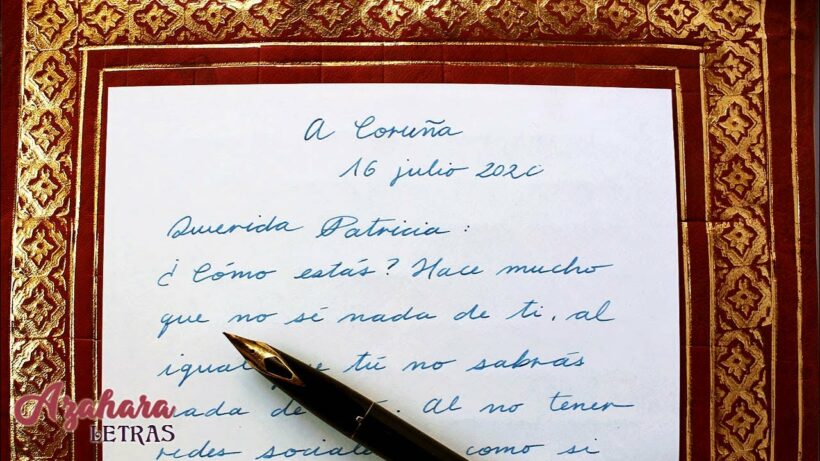Epistolary communication is a memory of the past, an obsolete practice.
In an effort to escape from a present full of uncertainty and contradictions, I prefer to look back to past centuries to rescue from the mists of memory one of the most precious objects: the letter. Heir to the ancient manuscripts, where the History of Humanity was captured in exquisite style, the letter – that piece of paper laden with meaning – survived wars, advances in industry, existential crises and geographical obstacles that slowed its trajectory, until it was defeated by the current century. Around the world, mail delivery systems represented one of the strongest and most credible institutions for the importance placed on the practice.
The use of the letter, an invaluable documentary archive throughout history, has become extinct. The efficiency of instantaneous systems developed through dizzying technological progress has put an end to the need for, and therefore the prospects of survival of, a mode of relationship that touches the frontiers of art. The generations educated in manual writing have disappeared, to be replaced by users of computers and smartphones from which speed is more important than content, irretrievably losing all the value implicit in a personal and intimate document.
The letter, among other values, had the enormous quality of capturing a form of autobiography that was much more revealing and intimate, reflecting in its lines the flow of thought in a spontaneous way, without the filters imposed by obsessive literary revision. For the same reason, its best examples have come to possess more intensity than the novel and more force than the essay, because of their quality of making fewer concessions to verbal profligacy. To prove this, there is nothing better than digging through the epistolary collections of the great philosophers, artists and scientists.
The objectives and the way they are written can cover an infinite number of possibilities: the literary (as in the case of Proust) can become the primary objective, above the message itself, demonstrating that a writer can hardly cease to be a writer even when he is conveying his most intimate feelings on a piece of paper that is supposed to be destroyed. However, there is also the intrinsic difficulty in using the epistolary method; and that is the impossibility of having a pleasant, profound, light, unpredictable and affectionate conversation all at the same time, regardless of the fact that weeks or months may elapse between interventions.
With the loss of the letter, the absolutely individual handwritten expression has been lost, transforming the text into a mechanical piece, artificially designed and shaped. Gone are the crooked lines, the individual signs and the possibility of making mistakes, which are automatically corrected. Nor is there the act of opening the envelope and enjoying the moment of revealing its contents. The real letter was an unrepeatable piece, written in one go in a colloquial style similar to spoken language. In other words, a unique language capable of conveying thoughts, feelings and attitudes, with the intimate connotation of a face-to-face conversation. This practice, extinct for the majority of people, perhaps remains latent for a rescue reserved for the exclusive use of a nostalgic few.
Receiving mail was the expectation of getting an answer, an expected message.






